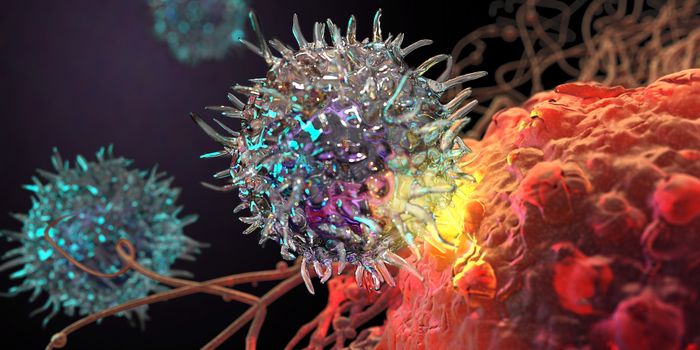Introducing a plant toxin that can be used as an antibiotic: albicidin
Albicidin is a peptide antibiotic that works as a DNA gyrase inhibitor with bactericidal activity towards fluoroquinolone-resistant gram-negative bacteria.1 DNA gyrase are essential enzymes that work to help progress DNA replication. These prevent the DNA from getting “supercoiled,” which would ultimately harm the host.2
This video illustrates how DNA gyrase works:
Gram-negative bacteria cause infections such as pneumonia, bloodstream infections, and meningitis. Fluoroquinolone-resistant bacteria are resilient to some common antibiotics like ciprofloxacin, levofloxacin, moxifloxacin, and more. So a fluoroquinolone-resistant gram-negative bacteria is a combination of those two characteristics.
These pathogens are multi-drug resistant and are very difficult to treat, considering how fast they evolve and how few drugs can treat it if any. Gram-negative infections often result in a high mortality rate. This places a desperate need for new pipeline drugs for many patients across the globe infected by these bacteria.
This new peptide, Albicidin, is produced by a plant pathogen called Xanthomonas albilineans, which can cause leaf scald disease in sugarcane. This plant pathogen inhibits DNA gyrase and prevents bacterial DNA replication, since DNA gyrase enzymes are present in bacteria but not humans.1,3 This study applied cryo-electron microscopy (using electron microscopes to determine the 3D structures of biological structures in nature4) to determine albicidin-gyrase structures to further understand its mechanism of action, binding habits, and improve its antibiotic effect.
Future studies of albicidin would include studies of its solubility, plasma stability, plasma-protein binding, and monitoring of toxicity towards humans. It will be exciting to monitor the drug pipelines for new antibiotics on the horizon, especially in a market with such a dire need.
References
1 Michalczyk, E., Hommernick, K., Behroz, I. et al. Molecular mechanism of topoisomerase poisoning by the peptide antibiotic albicidin. Nat Catal 6, 52–67 (2023). https://doi.org/10.1038/s41929-022-00904-1
2 Champoux JJ. DNA topoisomerases: structure, function, and mechanism. Annu Rev Biochem. 2001;70:369-413. doi:10.1146/annurev.biochem.70.1.369
3 Hashimi, S. M. Albicidin, a potent DNA gyrase inhibitor with inical potential. J. Antibiot. (Tokyo) 72, 785–792 (2019)
4 A.M. Paredes, MICROSCOPY | Transmission Electron Microscopy. Encyclopedia of Food Microbiology (Second Edition), Academic Press, 2014;711-720. https://doi.org/10.1016/B978-0-12-384730-0.00216-0








